The Keys to Playing Goalie with a Wide Base Stance

As I’ve said numerous times on this blog, there are a lot of different styles when it comes to lacrosse goaltending.
When you look at photos of these current and former University of Denver goalies, what do you notice?

That’s not your standard “feet shoulder-width apart” stance you’ve heard so many coaches say. That base is wide, baby.
In this post, we’ll explore a style of lacrosse goaltending known as the “Wide Base Stance”. What are the benefits? What are the cons? And most importantly, should you incorporate a wide-based stance in your own game?
Let’s go.
History of the Wide Base Stance
There are quite a few lacrosse goalie stance tutorials out there on YouTube right now and in nearly every one you’ll hear the coach mention some form of – “feet shoulder-width apart” in the stance.
I’m not suggesting that approach is incorrect but with the game of lacrosse adapting as it has, some lacrosse goalies have started using different techniques to become more effective at making saves.
Setting up with a wide base is one of those techniques.

Trevor Tierney was the 1st lacrosse goalie that I saw really use this technique and given that he now coaches at the University of Denver it’s no surprise that their goalies use a wide base stance. Ryan LePlante and Denver’s current goalie Alex Ready both setup nice and wide in their stances.
But we’re starting to see wide base stances become more and more common today’s game where high velocity shots with perfect accuracy require goalies to occupy more space initially and then make a shorter movement to the shot path.
Next time you tune into an NCAA game you’re more likely to see the wide base stance versus a normal stance nowadays.
Wide Base Play
So let’s discuss how wide base play works. When we setup in our stance using a wide base, our feet are much wider than shoulder width.

Depending on your physical features, your approach to a wide base will vary. You don’t want to be so wide such that it’s not comfortable and takes you out of an athletic position. Always athletic is a key principle of great lacrosse goalie stances – wide or normal.
But the feet should be much wider than shoulder width. This will provide many advantages which I’ll discuss in depth in the next section.
The wide base is best paired with a shallow or flat arc and lateral steps to the shot path.
The wide base is not conducive to moving far distances quickly on the arc that are required when you’re playing a high or even a normal arc. Thus nearly all wide base goalies also play a flat arc.
The lateral step will give the goalie more time to see and react to the shot to come up with a clean save. It’s easier to move lateral in a wide stance versus at a 45 degree angle towards the shot.
Basic “good stance” principles still apply to the wide base arc. That is you should be:
- On the balls of your feet
- Knees Bent
- Back straight with a slight bend forward
- Hands soft and relaxed on the stick
- Eyes insanely focused on the shot
- Overall body relaxed and ready to move
Essentially we can think of the wide base method as “more coverage, less movement.” And with shooters ripping shots harder and harder these days, less movement is definitely welcome.
Pros of the Wide Base Stance
For those goalies who choose to use a wide base stance, it comes with a set of benefits.
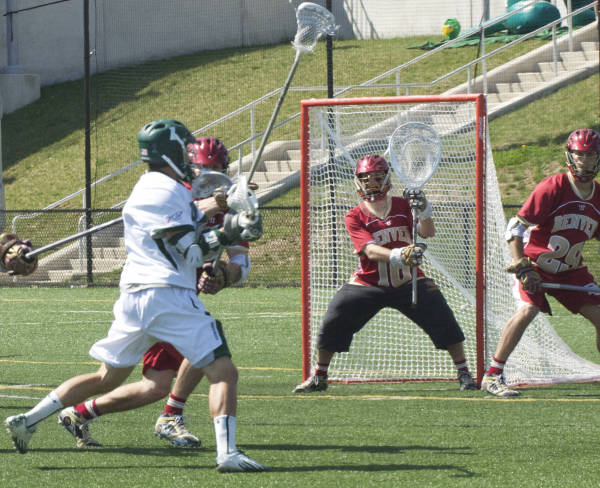
The wide base gives the appearance to the shooter that the goalie is actually occupying more net. While of course physically you’re occupying the same volume of space the appearance to the shooter is that you’re bigger.
The wide base stance shortens the step required to reach the shot.
In some cases, like with larger goalies and when the shooter is at an angle, you might need no lateral step to reach a shot.
Notice in the picture above of Denver goalie Ryan LaPlante. His feet are setup wide enough such that he doesn’t need to step laterally to reach either side of the goal. Every shot on goal is already within his stance’s wide frame.
Here is an example from Trevor Tierney’s Evolution of Goaltending Series which is a highly recommended watch if you haven’t seen it.
First his wide base:
Next he does a normal stance:
He exaggerates the normal stance a little to prove his point that wider is better but we can definitely agree that the wider base equals less movement to reach a shot.
For what its worth, I feel the wide base stance is more intimidating to shooters.
You’re standing tall and big and just you look much more physically imposing. Showing confidence in your stance is crucial and just plays right into the mental side of things.

Cons of the Wide Base Stance
There are a few cons to playing with a wide base.
One of the main things is that you lose some explosiveness. By setting up with our legs spread out we lose a little power.
Many goalies trying this stance out for the 1st time complain of being uncomfortable and not being able to move as freely. This style takes a little getting used to so definitely try to work it into practice before debuting it in a game.
You also need to find the sweet spot in terms of width. Too wide and you’re no longer athletic and cannot move. Too narrow and you’re no longer in a wide base stance.
If you are a smaller youth goalie, setting up in a wide base might not be ideal as it makes you even shorter thereby limiting your ability to reach those top-shelf shots.
Another con of the wide base stance is that it really opens up space in between your legs, aka the 5-hole shots. If you’re a goalie who struggles with that particular type of shot this style of play may not be for you as you’re really exposing yourself and inviting shooters to rip it five-hole.
Moving along the arc is a little different from the wide base. Not to say perfect balance can’t be learned but sometimes goalies have trouble initially with quickly moving from one spot to another on the arc in a balanced fashion.
As I mentioned above the wide base is really almost required to be paired with a flat arc and lateral steps. If you’re a goalie used to playing a normal width, normal arc with 45-degree steps, that can be quite a drastic change that takes some time to get accustomed to.
You may find your own cons when trying out a wide base, however, these are the only real issues I found with goalies who go with this style.
https://www.instagram.com/p/BZ1JvhageB4/?taken-by=laxgoalierat
Conclusion
The wide base stance is one where you setup, well, wide! It limits the amount of movement necessary to reach a corner shot and for that reason, we’re seeing many more goalies adopt this style of play.
Overall, its entirely up to you whether a wide base would benefit your style of play. Goalies can have success with a wide base or with a feet shoulder-width apart setup.
However, don’t make any assumptions off of purely reading about the stance, get out and try it! I’d love to hear about your experience with the wide base stance if you try it out.
Until next time! Coach Damon
Anyone else using a wide base stance? Any further questions about this style of goalie play? Let me know about it in the comments below.
Visited 1 times, 1 visit(s) today












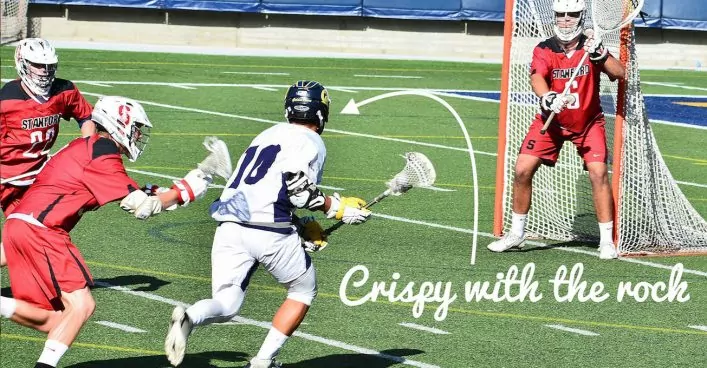


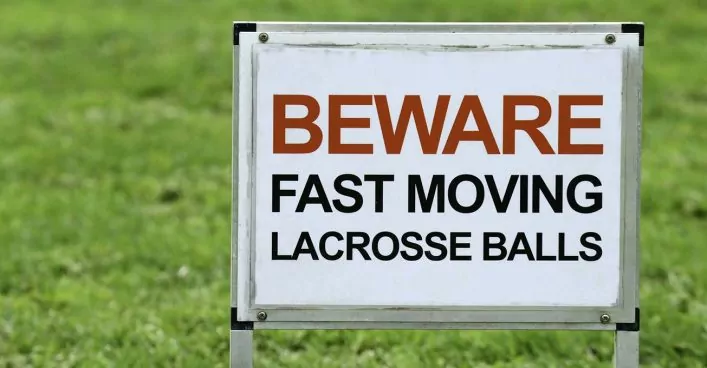





























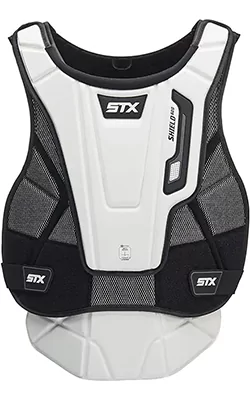










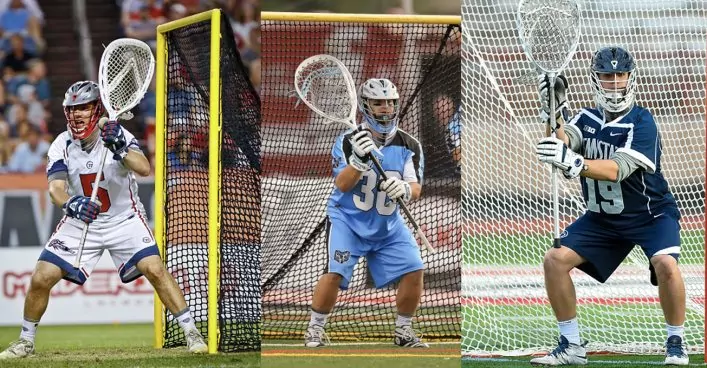






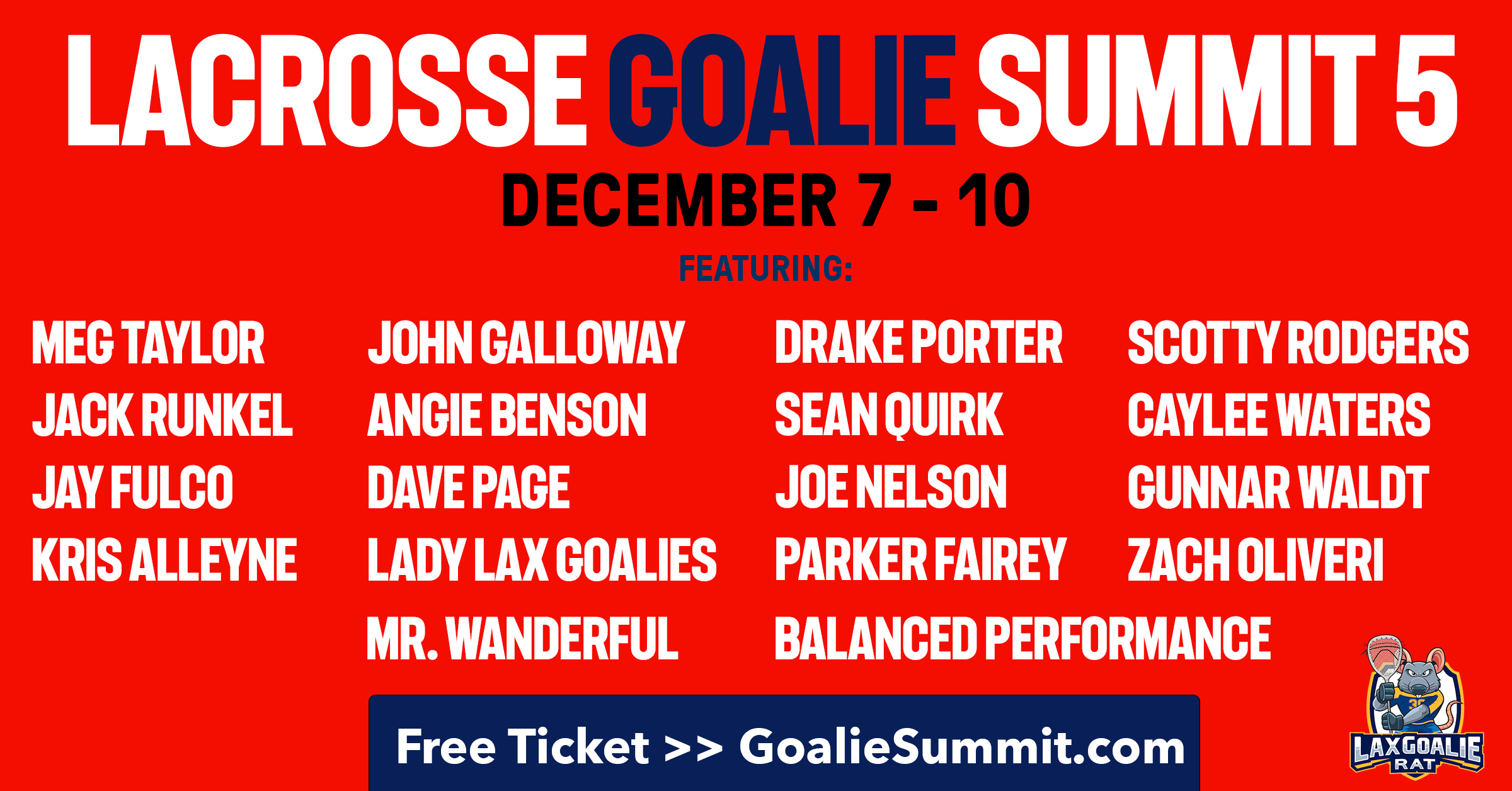





A big consideration for determining which stance to use is the size of the goalie. If you are not particularly tall, then the wide stance might put you too low and leave too much open space available high. Also, your wide stance might not take up a lot of space in goal. This is particularly true for youth goalies.
In addition, with the wide stance, less movement, and flat arc you might not be able to get your body in front of the ball, thus increasing the possibility of the ball hitting your stick or body and going into the goal.
Great points Michael. The wide stance does lower the stance which might not work for youth goalies who still smaller in stature.
But the shallower or flatter the arc, the more time you buy in getting in front of the shot. Starting with a wider basebgives less distance to travel as well. High shots are an issue though for those short youth goalies.
“The lateral step will give the goalie more time to see and react to the shot to come up with a clean save” argument isn’t necessarily true when considering the physiology of the human body. Using a standard reaction test with a ruler one can figure out how fast the reaction time is for themselves. Let’s assume a person’s reaction time is incredibly quick at .1 seconds. A shot traveling at 60 mph toward a goalie will travel 60 miles per hour, that is one mile a minute or 5280 feet a minute or 88 feet a second or 8.8 feet in .1 seconds, let’s round it up to 9 feet for easier math. If the lateral step saves a goalie three feet of moving forward than if the step is at a 45 degree then the amount of time it takes the ball to travel the 3 feet is .1/3 or .0333 seconds. The human body can not react faster enough to make a difference in how to react to the shot. The time gets much short as the speed of the shot increases.
When considering that the shot will not make a change in direction in the last 3 feet (assuming a 3 foot step for 45 degree goalies) between the space where a lateral stepping goalie ends up and where a 45 degree goalie ends up then either stepping method is good for any goalie and it becomes personal preference. What needs to be considered is the difference in reaction time for the part of the save that is different in each method. That comes down to the final three feet of the shot. The math and human body shows us that it is near impossible for a lateral stepping goalie to make move clean saves because they save 3 feet on their steps.
For this reason I coach both and leave it up to the goalies to decide which they like better, I’ve been playing for 38 years and step at the 45 degree because fast break passes take less steps and movement to get them out especially on low shots and mainly because that was the way I was taught. 😉
Either stepping method is good, but don’t use the more time to react argument as a reason to pick one over the other.
I’m confused. If the additional 3 ft. saves.033 seconds and the reaction time of a goalie is .1 second, and the shot is 9 ft. away then doesn’t the flat goalie now have .133 seconds to react because of the difference in distance?
The fastest a goalie can react in my example is .1 seconds. If the shot is 9 ft away at 60 mph the ball will travel the 9 ft. in .1 seconds. For the goalie with the 45 degree step in this extreme case of a shooter being 9 feet away the will have .1-.033 seconds to react or .067 seconds. In either case unless you react at the top of human capability your body cannot react fast enough to make the save.
If the shot comes for 27 feet it takes .3 seconds for the ball to travel to the goalie. For the flat arc goalie they have .3 seconds to react to the shot. For the 45 degree goalie they have .3-.033 or .267 seconds. The difference in the human body reaction time of .033 seconds here is far less of an issue because the distance.
The main point is the addition of .033 seconds of reaction time for slat step goalies is faster by a factor of 3 times than the human body in the best case can react. The step type doesn’t matter on how much time the goalie gains to react to the ball.
as a 6’ goaltender, would a wide base stance be a good stance for me?